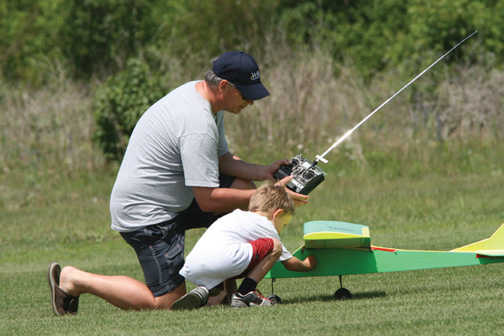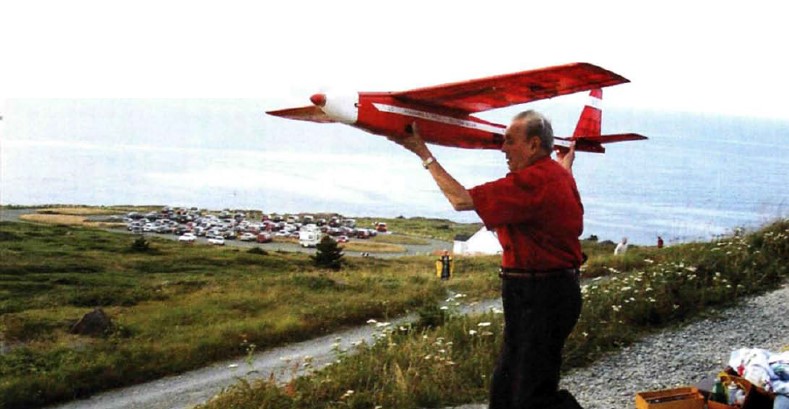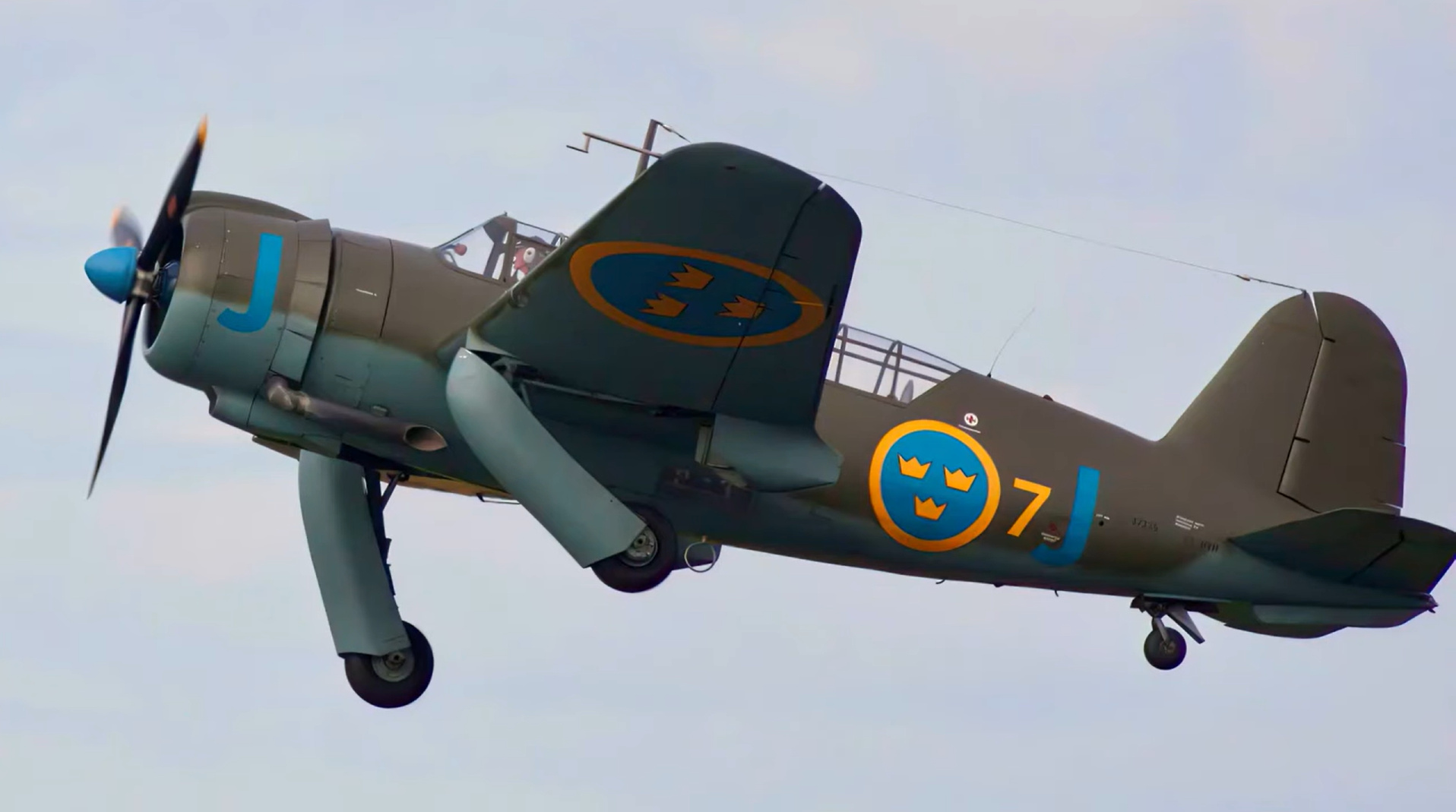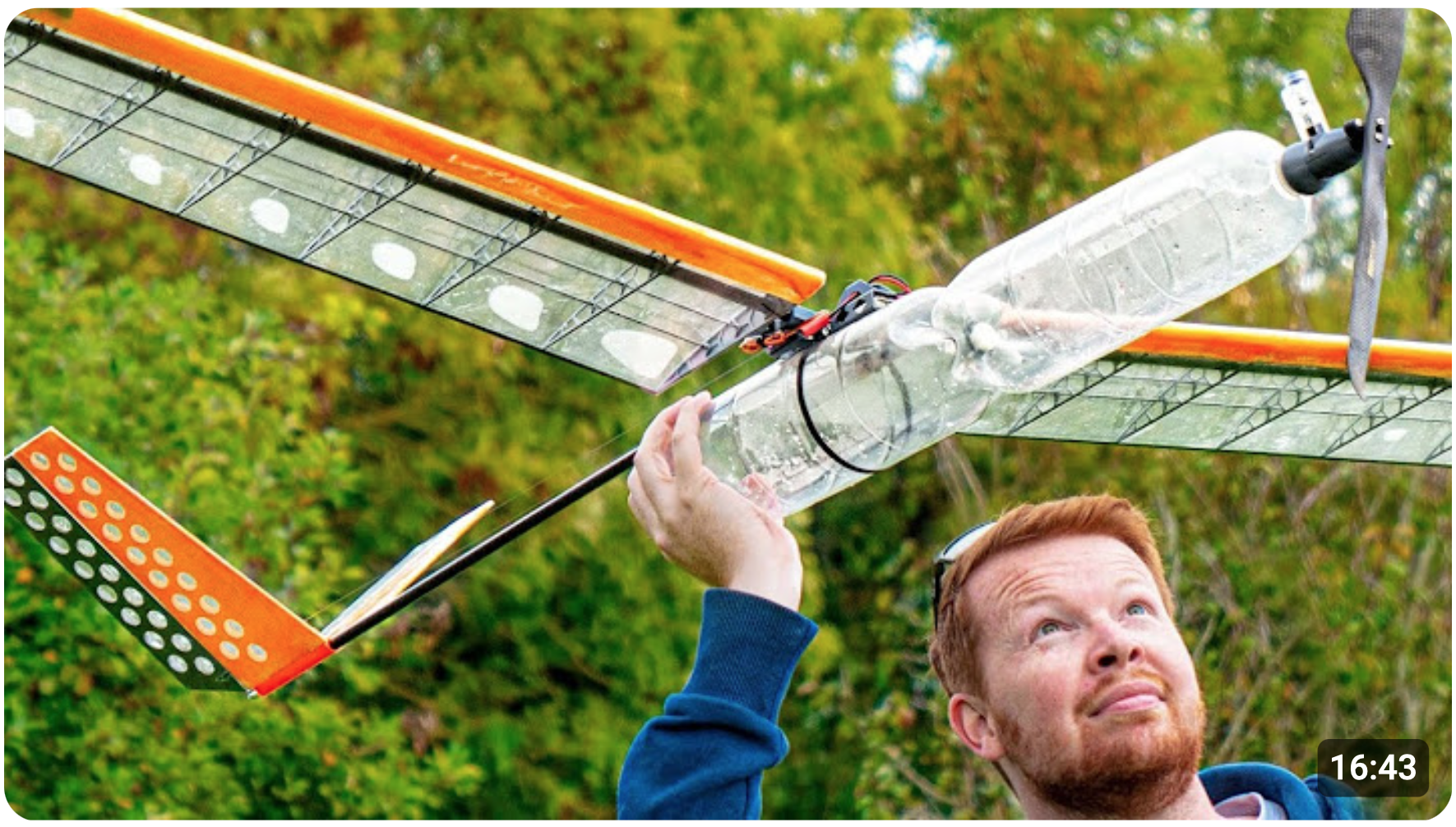Every so often we come across an experience that we had before, and have to relearn something we already knew. I call that reinventing the wheel. And this is exactly what happened to me a few days ago.
For those of you who have been flying helicopters for a period of time, I’m sure you have had some type of tail rotor problems in flight. These problems are most commonly caused by scraping the tail rotor on the ground during takeoff or landing, causing a part to either break or come loose. In either case the tail rotor becomes uncontrollable, causing the helicopter to pirouette rapidly.
This is rather easy to handle when it happens on the ground as you are adding power. Simply bring the power back to idle and shut down the helicopter. However, in flight it becomes a little more serious, but yet completely controllable. With sufficient altitude and airspeed, engage the throttle hold and lower the collective to start an autorotation. Once the power is removed from the helicopter the torque is also removed, and the helicopter will stop pirouetting, enabling you to perform an uneventful autorotation landing.
However, my tail rotor malfunction happened at the worst possible time. I had just lifted off and was about 6 feet in the air and ready to start my flying when the tail rotor let loose causing the helicopter to pirouette rapidly. I have had this situation before, and had a plan on how to handle it. Unfortunately, I did not handle it well and therefore had to relearn something I already knew, which again I call reinventing the wheel.
When you lose the tail rotor at low altitude the best way to handle this emergency is to climb and get as much altitude as you can and then initiate an autorotation. I did start to climb, but only at a modest climb rate, causing me to initiate the autorotation at a relatively low altitude. Unfortunately this did not work out so well because I could not maintain the needed rotor speed. What I should’ve done is climb out as rapidly as possible, and climb as high as possible, before initiating the autorotation. This is certainly something I knew from my years of experience flying model helicopters, but is something I had to relearn all over again. I hope relating this experience to you will give you something to think about, and plan for, should this happen to you.
























Paul, I love ya man, but on this, I totally disagree. For the average pilot, climbing an out of control model is not a good idea. I say just hit throttle hold and hope for the best. At least you know about where it’s going to crash and the damage is probably going to be a lot less. If you have a driven tail and the servo goes full over hitting throttle hold isn’t going to stop the pirouetting and the model could go anywhere.
I have a video on my Youtube channel in which I take off without a tail rotor. I’m not advocating that, but realize that I had control of the initial direction of the climb. If someone’s tail fails right in front of them, it’s unlikely they will have that luxury. The model could be tilted toward them in which case the heli would climb out and end up behind them over the pits. Just dump it and take your lumps.